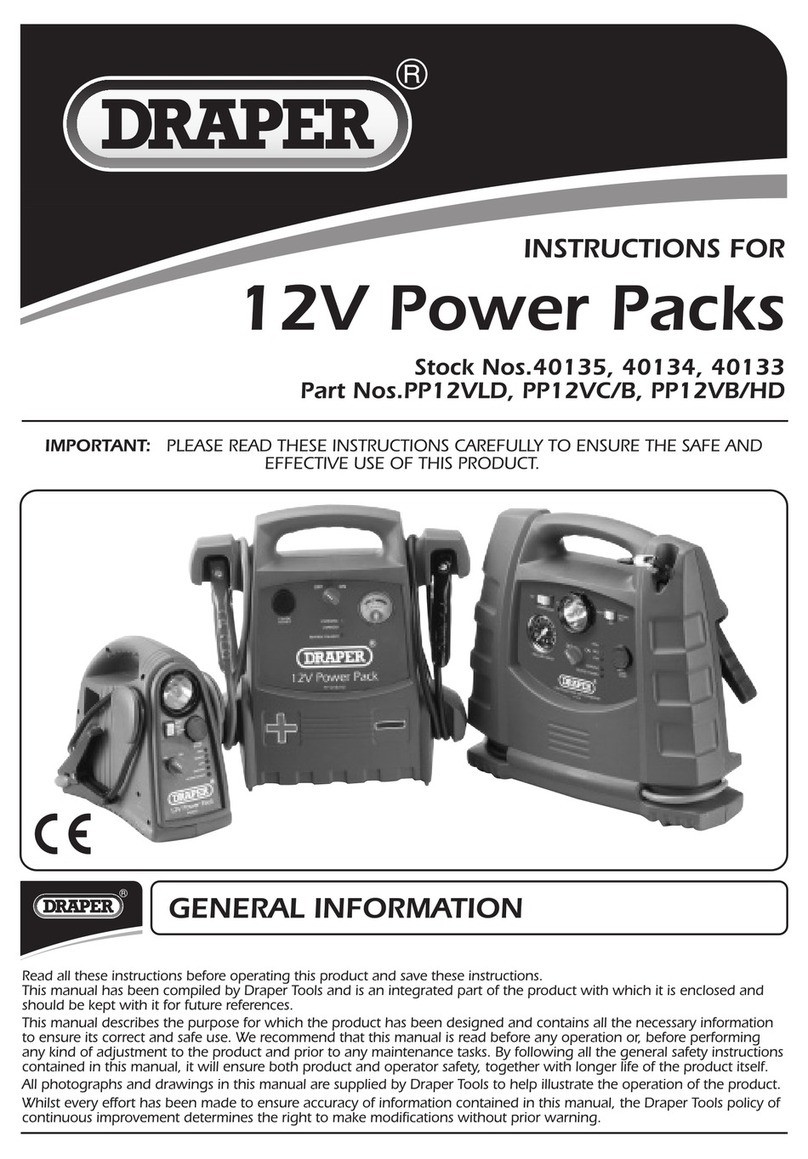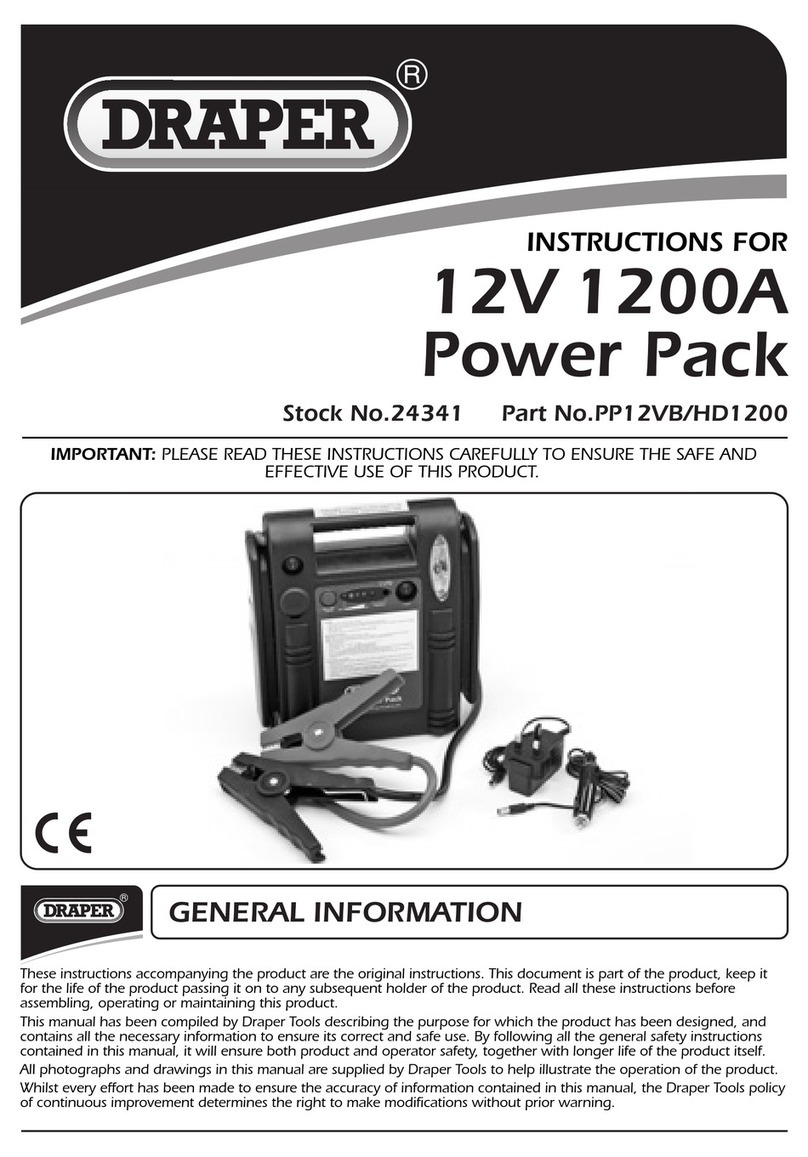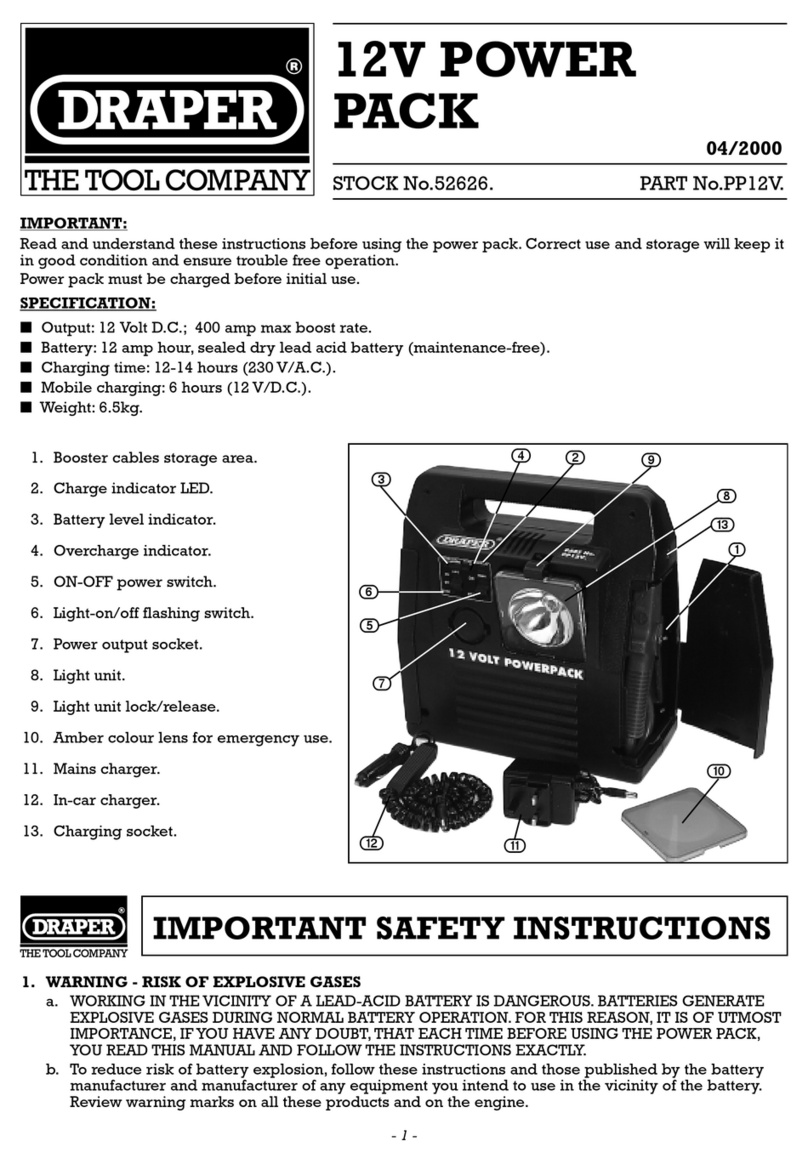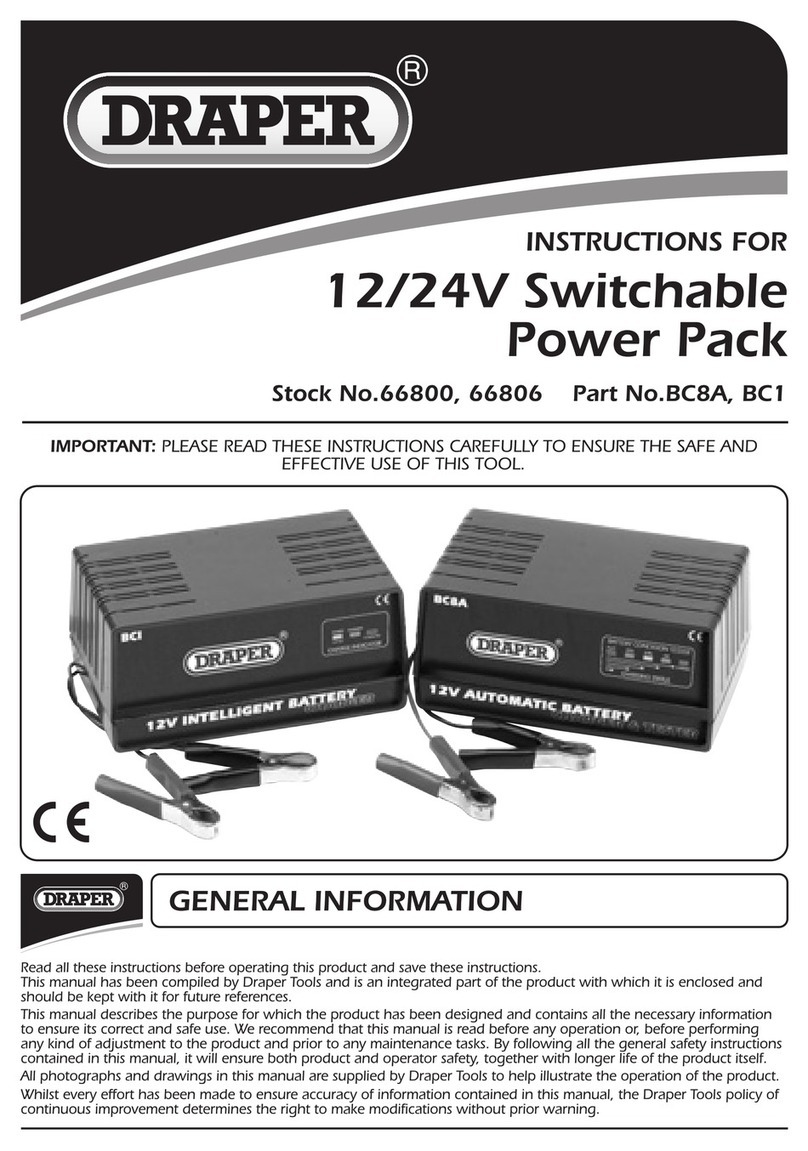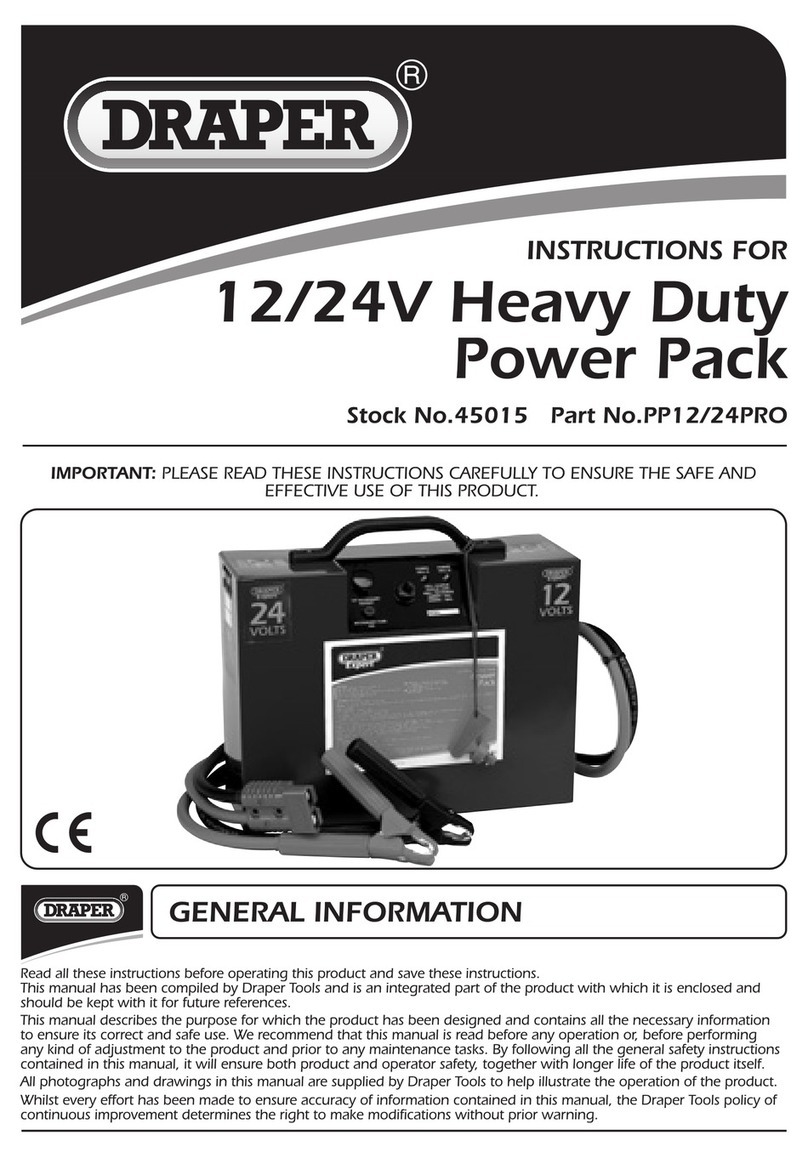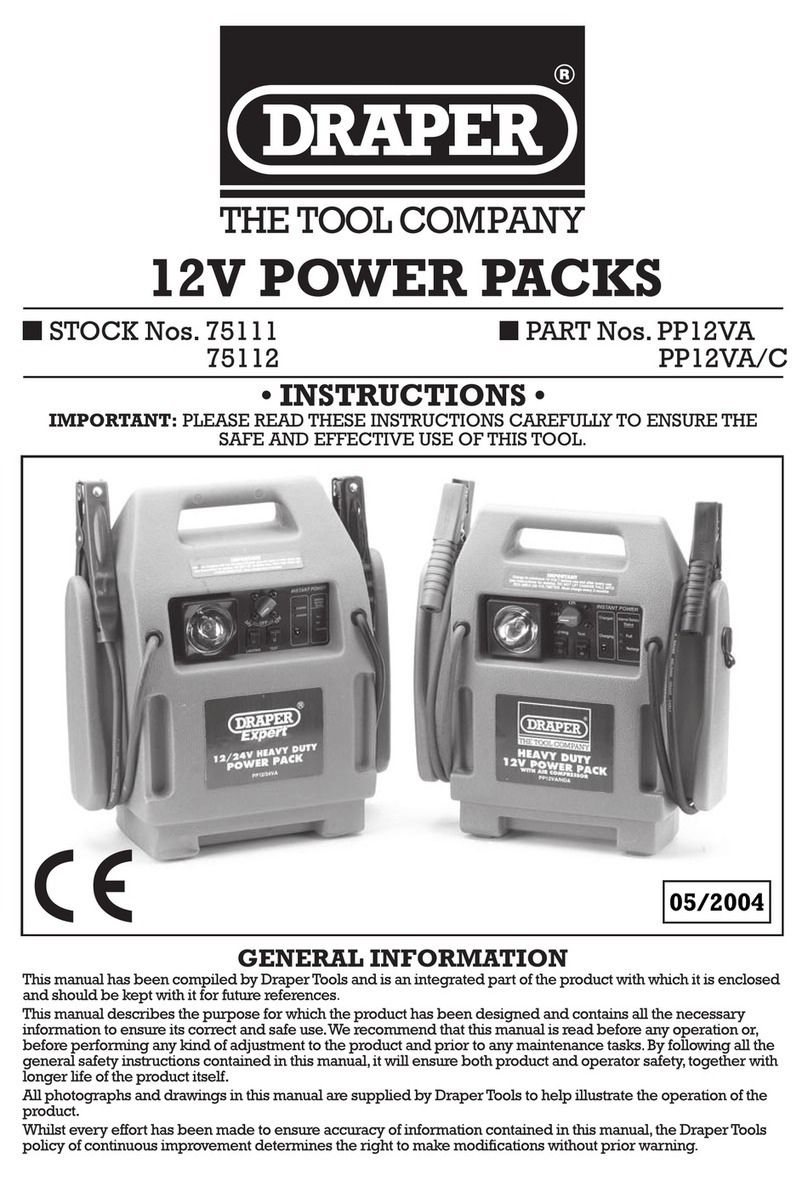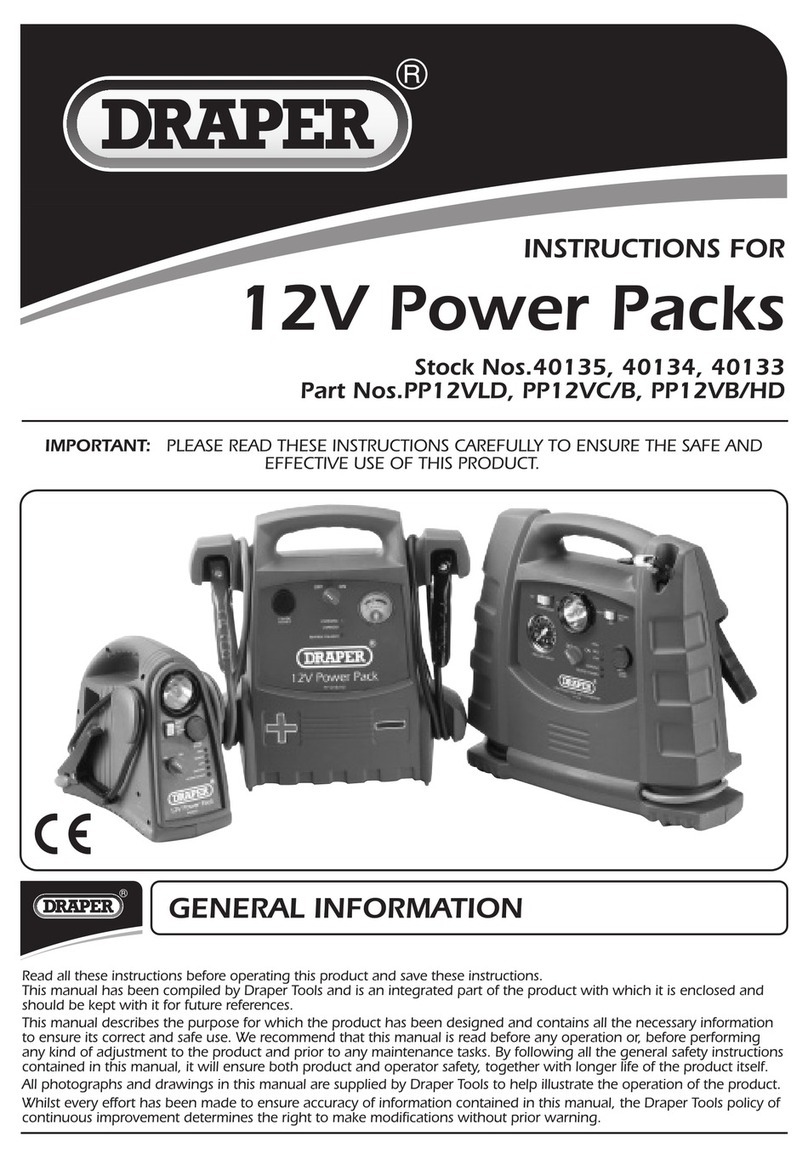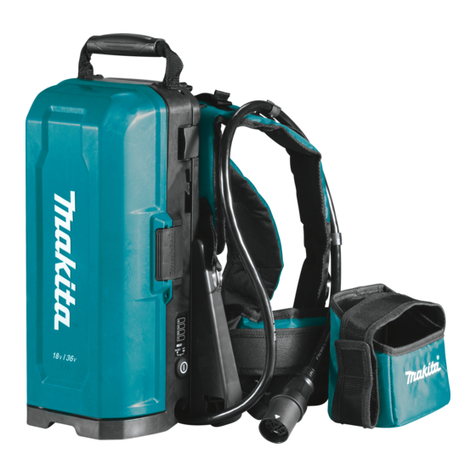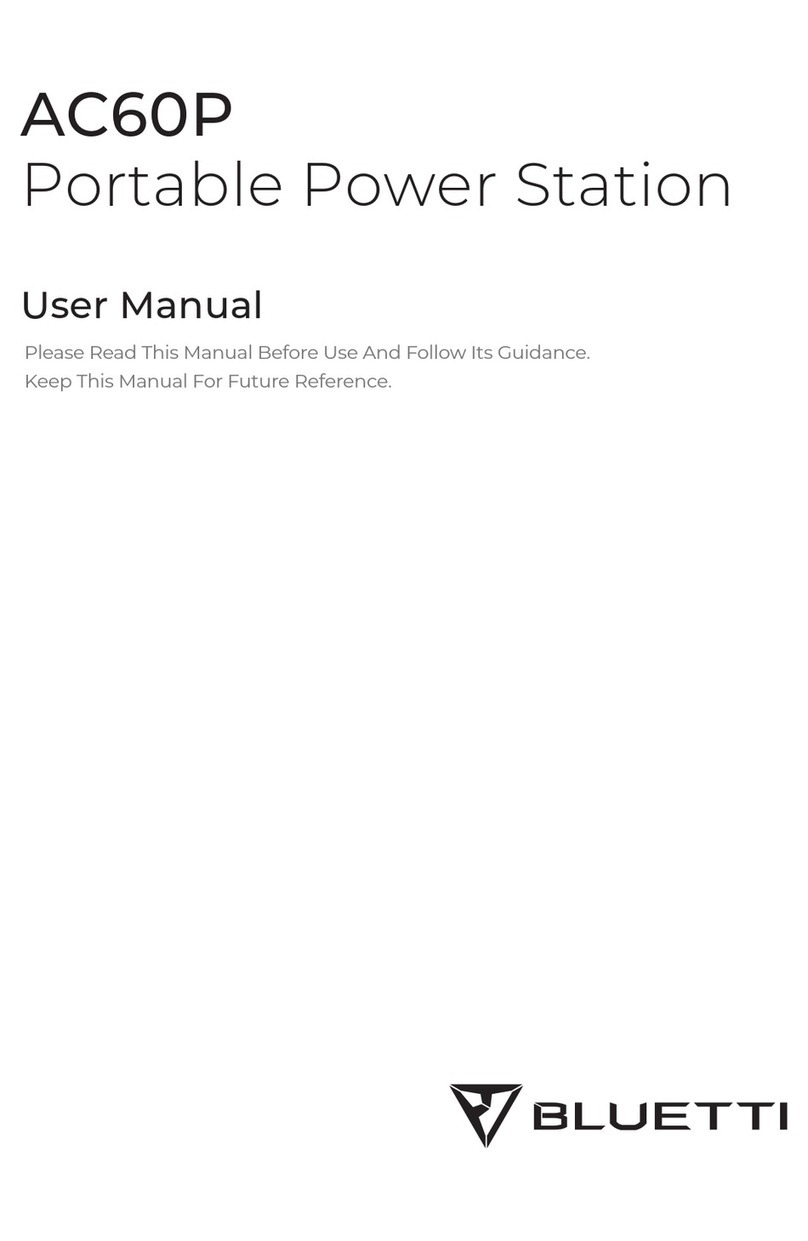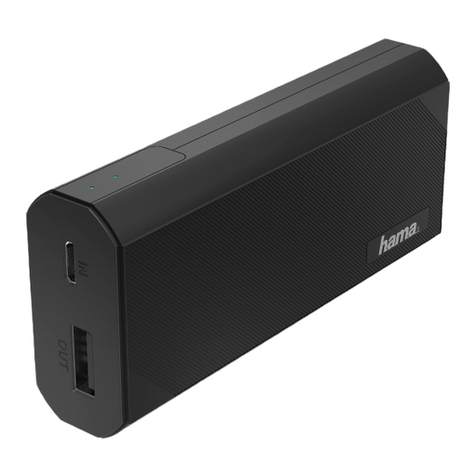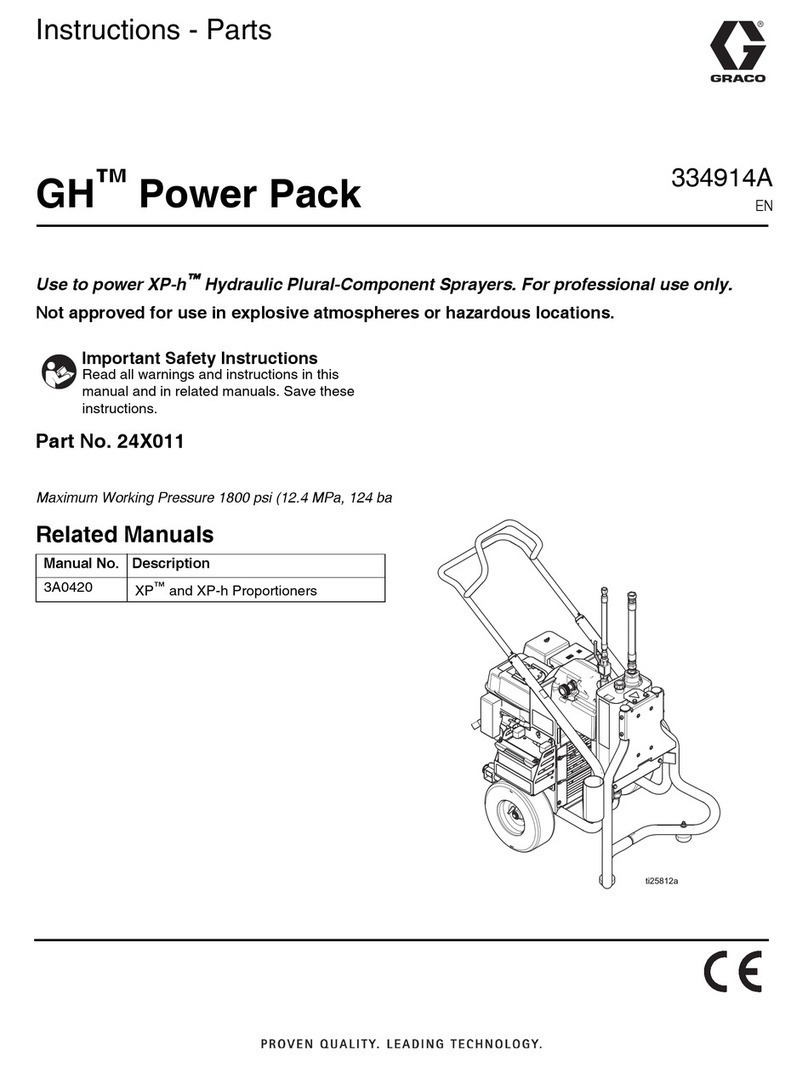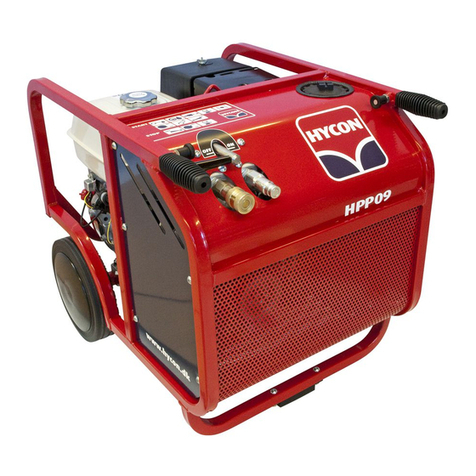5. HEALTH & SAFETY INFORMATION
9. OPERATING INSTRUCTIONS
5. HEALTH & SAFETY INFORMATION
10. MAINTENANCE
138
7
14
5.2 RECHARGEABLE BATTERIES:
- The battery must be removed from the appliance before it is scrapped.
- The appliance must be disconnected from the supply mains when removing the battery.
- The battery must be disposed of safely
- Charge the battery using the specified charger under the charging conditions specified.
Charging the battery under any other conditions may cause the battery to overheat, emit hydrogen
gas, leak, ignite or burst.
- Do not place the battery near a device that may cause sparks (such as a switch or a fuse). The
battery may generate flammable gas when charged, so remember to keep the battery away from fire
to prevent sparks from igniting or causing explosion.
- Do not place or store the battery in a vehicle in hot weather, under direct sunlight, or near a source
of heat. Use and storage of the battery in these conditions may cause battery leakage, fire or
bursting.
- Damage and deterioration of battery characteristics may occur if the battery is dropped.
- Do not charge the battery in the inverted position.
- Do not carry the battery by hanging it from the terminal or the cable, as it may cause damage to the
battery.
- Turn off the switch of the circuit when connecting the battery to a charger or load.
- Batteries tend to lose a part of their capacity due to self-discharge during shipment and storage,
recharge the batteries before you use them and after purchase or long-term storage in order to
restore their full capacity.
- Do not continue discharging to the point where the voltage drops below the recommended discharge
cut-off voltage.
If a storage battery that was discharged below the recommended discharge cut-off voltage is
recharged, the storage battery may generate heat which could deform it or cause condensation to
form moisture from inside the battery.
Discharging below the recommended voltage may also accelerate the deterioration of the battery's
performance characteristics.
- Avoid overdischarge, and charge the battery immediately after discharge.
- Unsatisfactory storage conditions may cause deterioration in battery performance, shorten service
life and could cause rust to form on the terminals.
- Do not allow metallic objects to touch or bridge the terminals especially jewellery. Failure to observe
the precautions may cause the battery to overheat, emit hydrogen gas, leak, ignite or burst.
- Do not throw the battery into fire or heat the battery. The battery may burst or generate a toxic gas if
placed in contact with fire.
- Do not attempt to disassemble, remodel or destroy the battery, as it may cause the battery leakage,
fire or bursting, and could also create sulphuric acid spills from the battery resulting in possible burns
to personnel and damage to the immediate environment.
- Do not continue to charge the battery beyond the time specified in the instructions. If the battery is
not fully charged even after being charged for a longer time than specified, discontinue charging and
remove the battery from the charger. Charging for a longer time than specified may cause the
battery to leak, ignite, or burst.
- Do not discharge the batteries beyond the maximum values indicated on the battery. If the battery is
discharged beyond the maximum values, it may leak, ignite or burst.
- Keep the batteries beyond the reach of children.
- Wear gloves when handling batteries.
- Do not apply organic solvents such as paint thinner, petrol or liquid detergents to the battery.
If these are brought into contact with the battery case, it may crack, causing leakage.
- The car’s battery contains electrolyte (diluted sulphuric acid) a very toxic substance. If the battery
leaks and the liquid inside spills on the skin or clothing, immediately wash it off with plenty of clean
water. If the liquid splashes into eyes, immediately flush the eyes with plenty of clean water and
consult a doctor. Sulphuric acid will burn skin and in the eyes may cause loss of eyesight.
- Store the battery in a stable position so as to keep the terminals of the battery away from any
metallic or other conductive material (including items that may fall or drop onto the battery).
Protect the battery from rain. If the terminals of the battery come into contact with water, they may
corrode.
As a general rule, keep the battery in an upright position.
When storing the battery, disconnect it from the charger and keep it in a place where the
temperature is low. Do not store in direct sunlight or temperatures exceeding 60°C.
If the battery is stored for a year or longer without being charged, its service life may be shortened.
Store the battery after fully charging it, otherwise its service life may be shortened.
- Use/recharge the battery regularly. The battery gradually deteriorates during storage and
consequently its decreased capacity may be irreversible even after recharging.
Used batteries are recyclable. When returning used batteries, insulate their terminals with
adhesive tape if not the residual electricity in used batteries may cause fire or explosion.
This battery is fully recyclable and should be accepted at any location that excepts common
automotive batteries. Contact your national/local authority or municipal waste centre for details.
BATTERY CHARGERS:
- Before charging, read the instructions.
- For indoor use. Do not expose to rain.
- Disconnect the supply before making or breaking the connections to the battery.
WARNING: Explosive gases. Prevent flames and sparks. Provide adequate ventilation
before charging.
- Do not charge non-rechargeable batteries.
- During charging the battery must be placed in a well ventilated area.
8.4 CAR BATTERY DETECTION (Fig.5)
Connect the "positive" clamp to the "positive" terminal and the "negative" clamp to the
"negative" terminal to check the voltage and inner resistance as to whether the car battery
requires charging or replacing.
Regular inspection and cleaning reduces the necessity for maintenance operations and will
keep your tool in good working condition. The appliance must be correctly ventilated during
tool operation.
All servicing and maintenance not listed in this manual must be carried out by an approved
Draper service agent (see back cover for contact details).
- 12V CHARGER LEAD FUSE REPLACEMENT
(FIG.6):
Carefully remove the knurled metal section
which is spring loaded. Remove the fuse and
replace with one of a matching rating (5A) and type
(glass) - Draper Stock No.41307.
- NOTE: Do not lose the spring located behind the
fuse.
Stock No. Description
89424
12V DC charge lead
For more details please refer to your local Draper Stockist.
FIG. 6
FIG. 5
